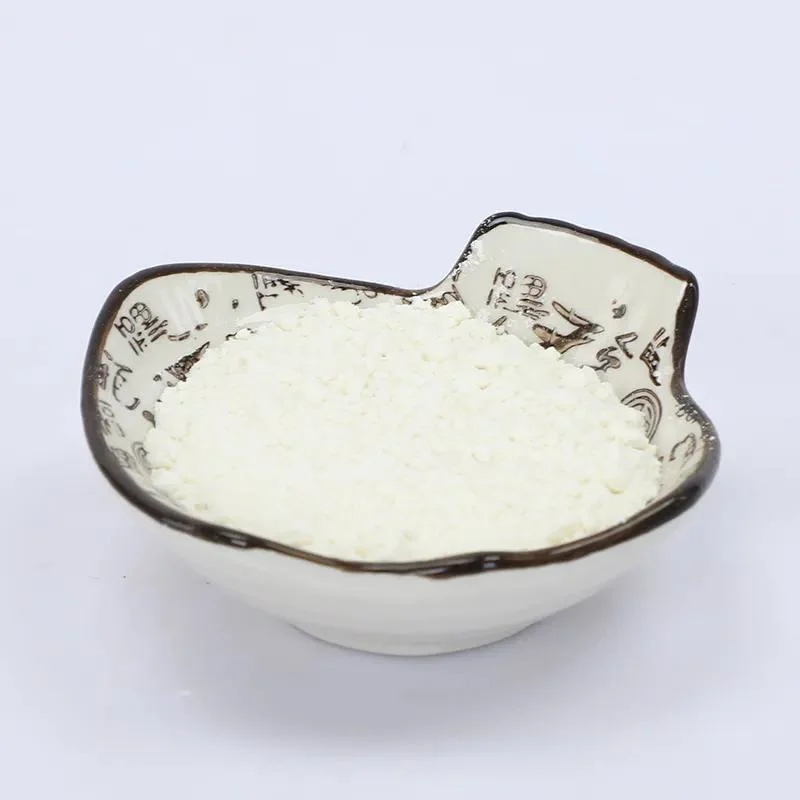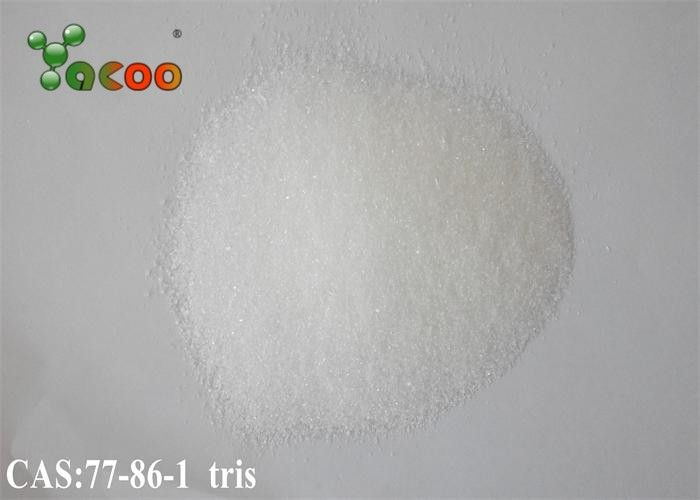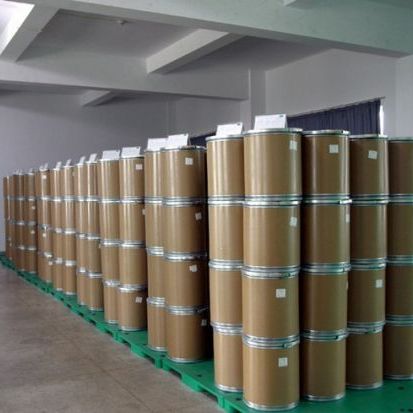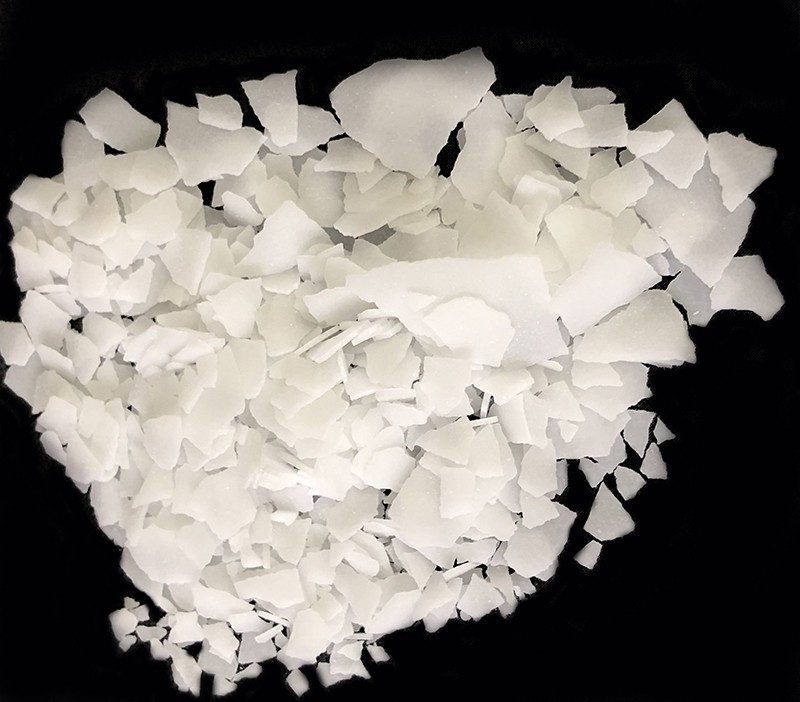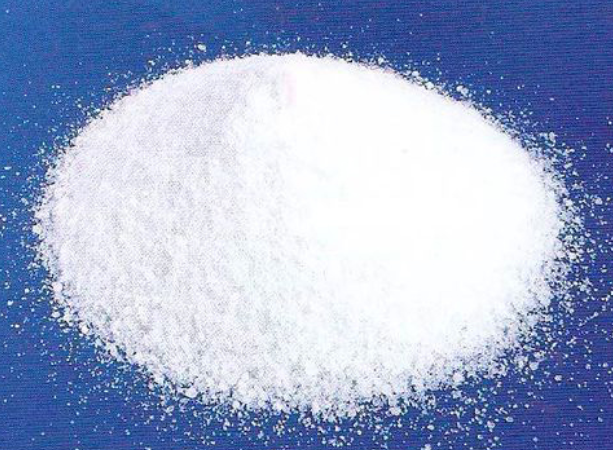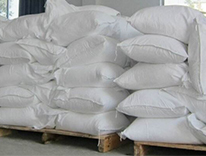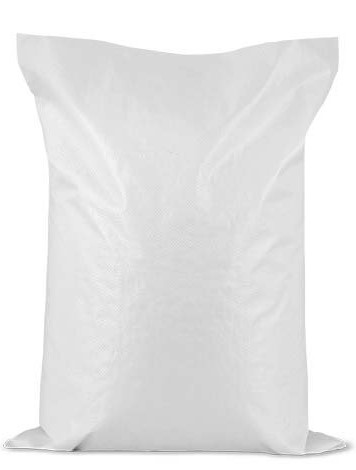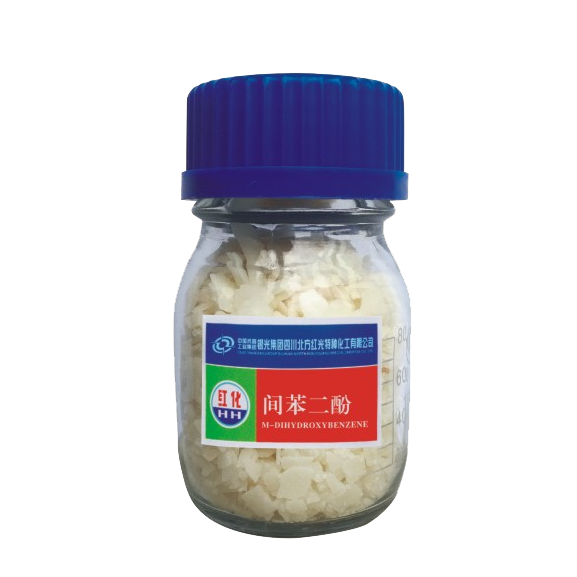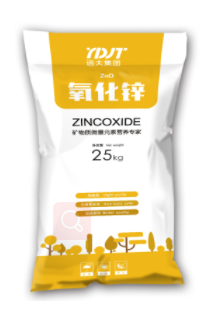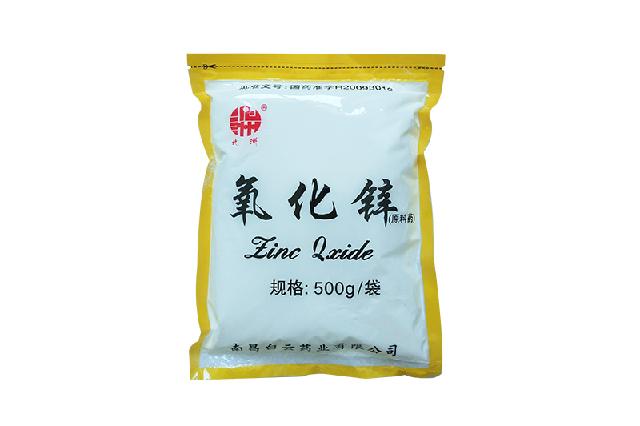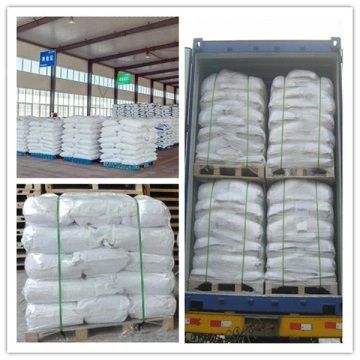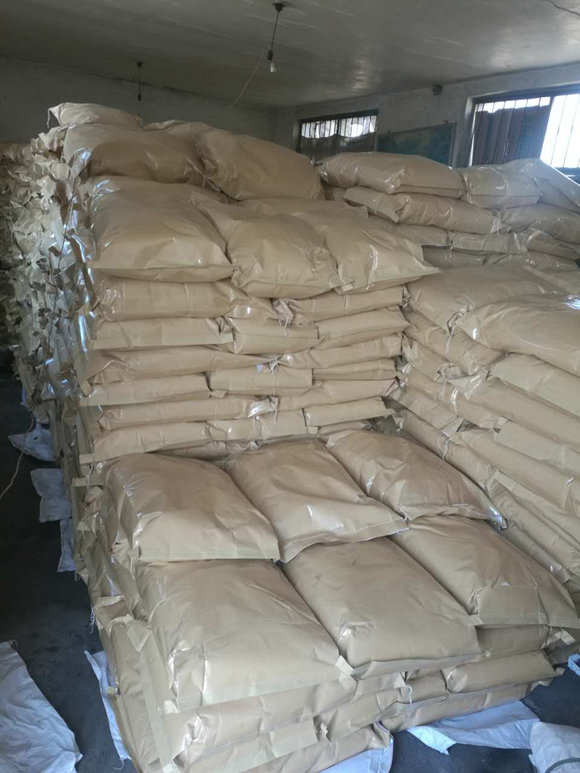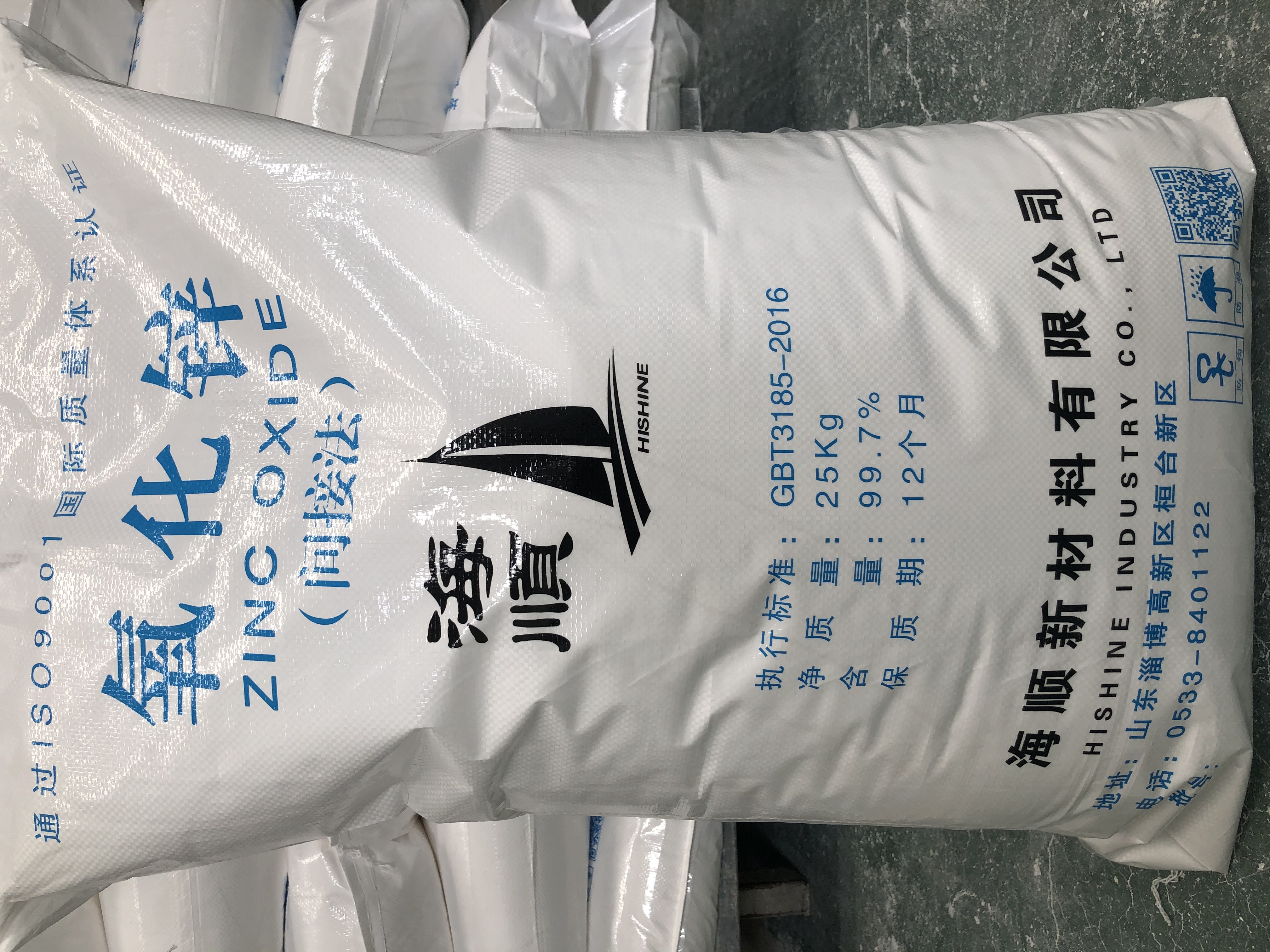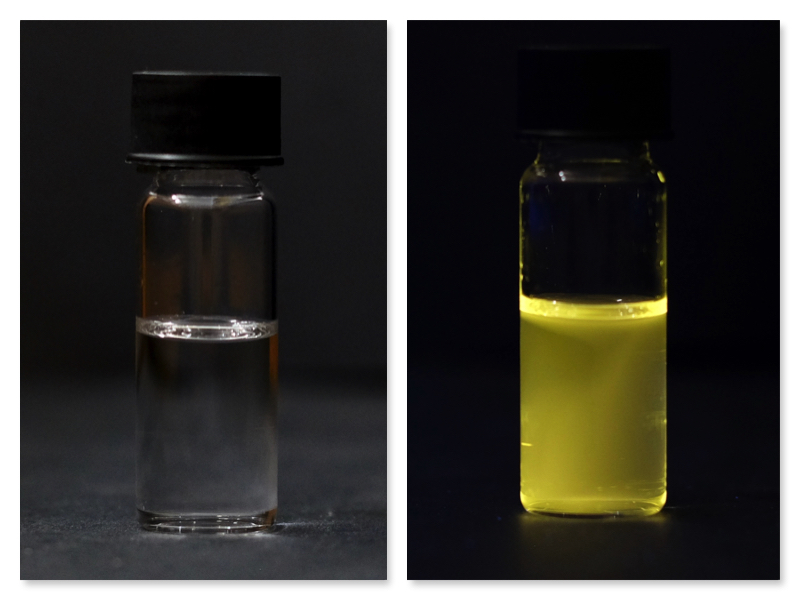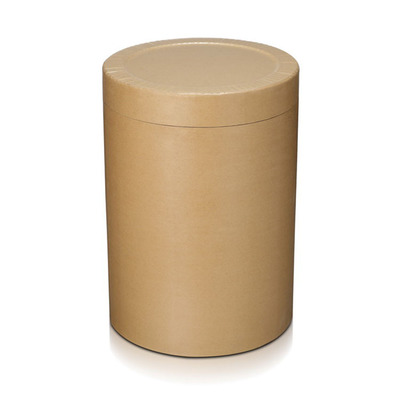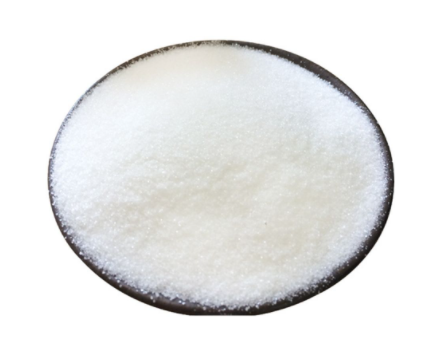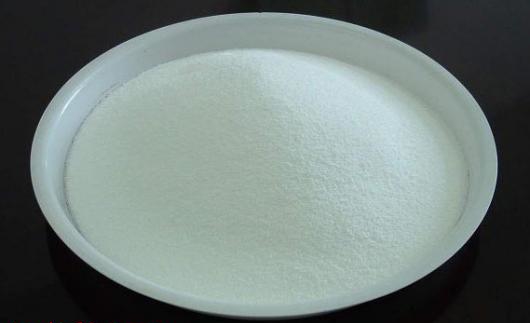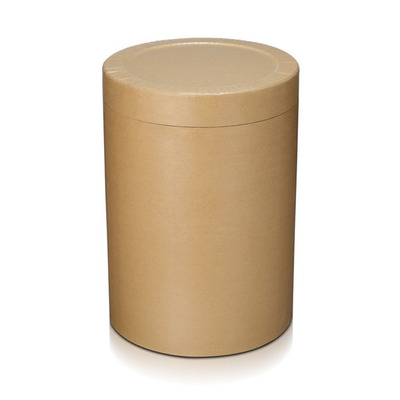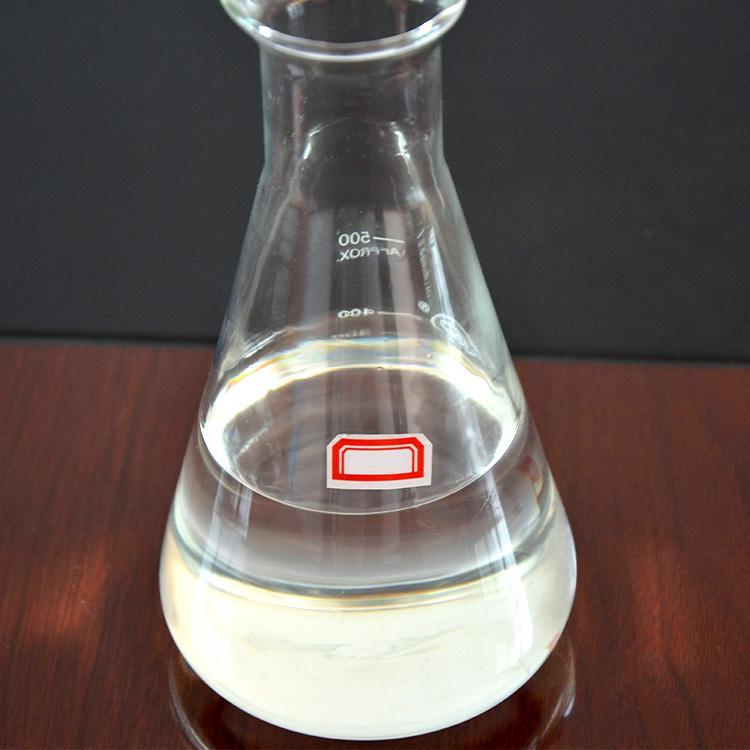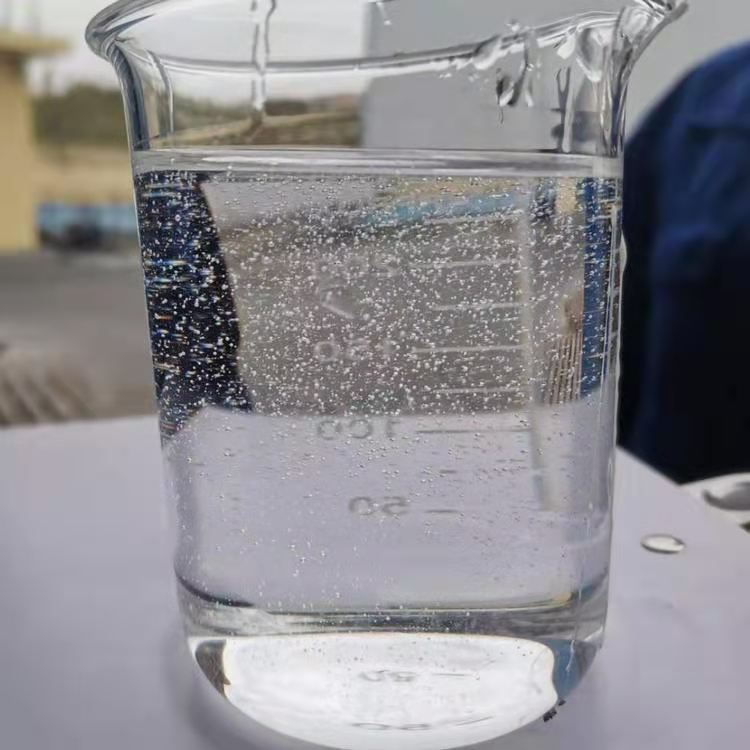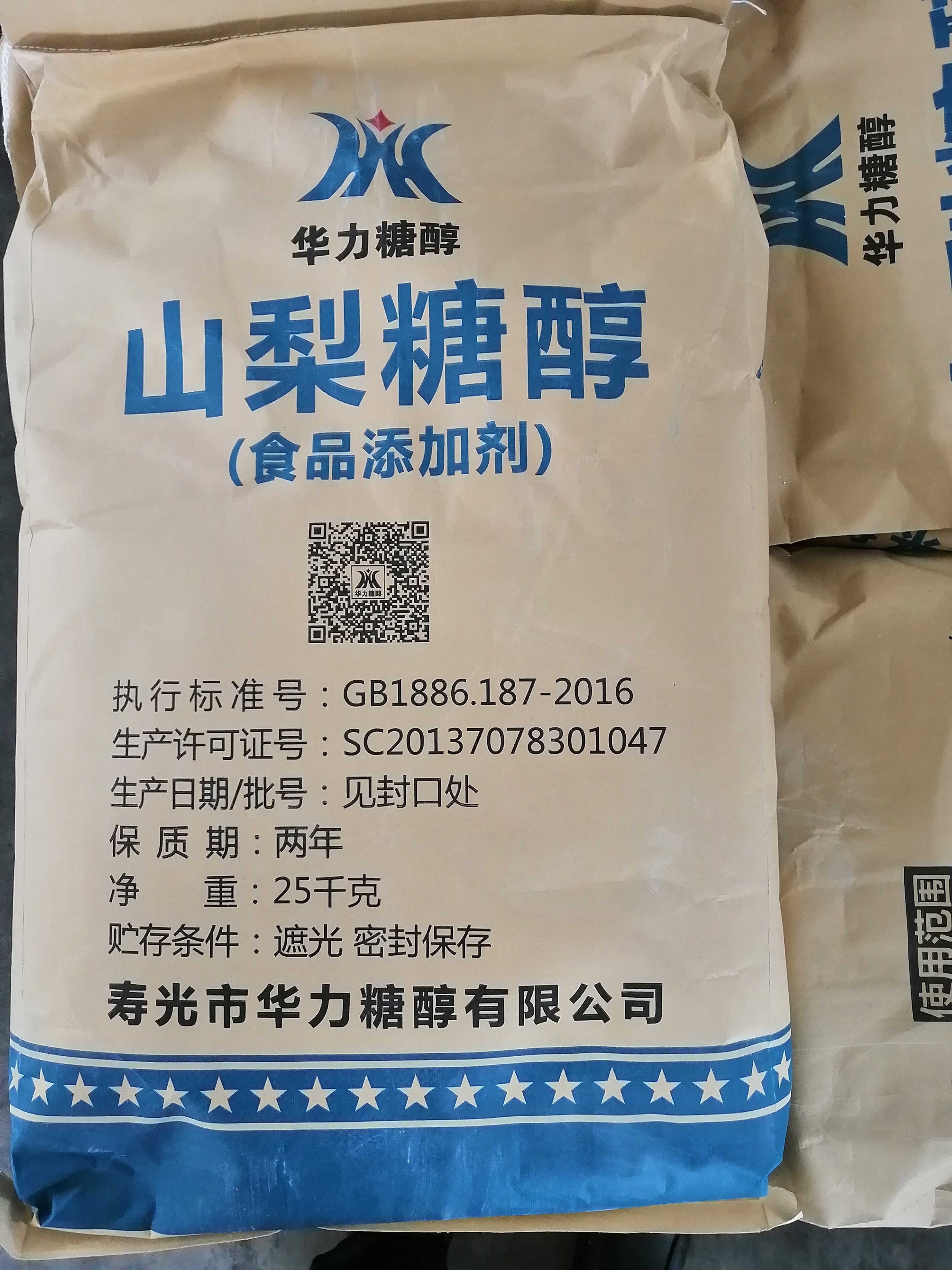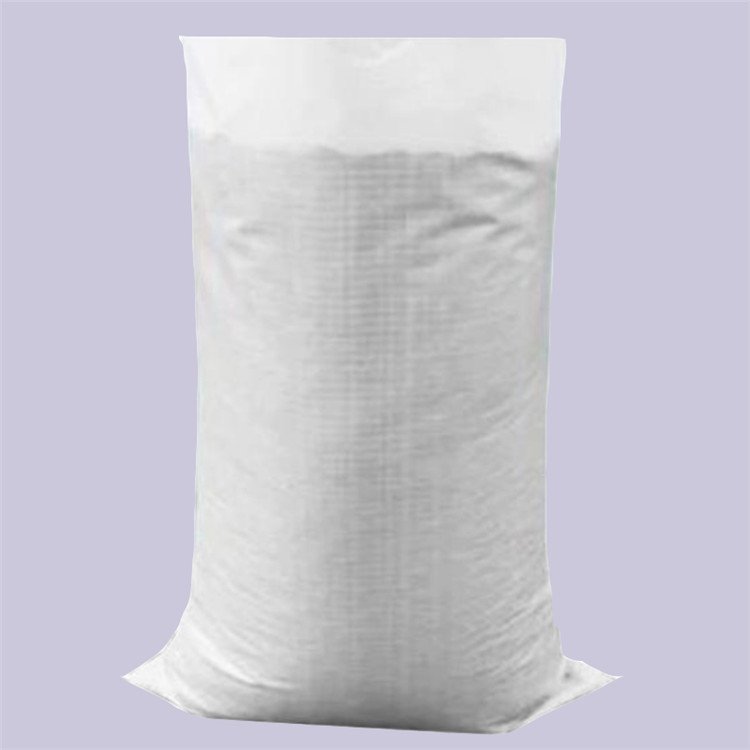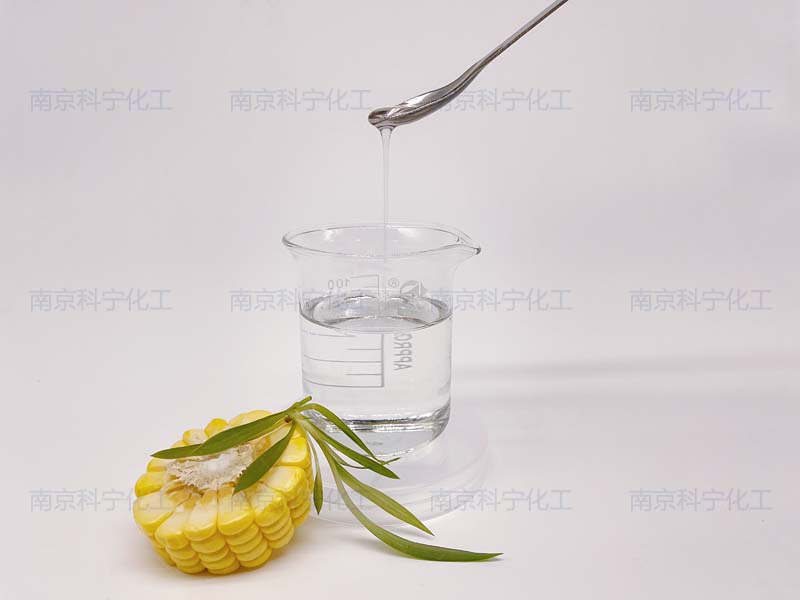API & Intermediate
Pharmaceutical Raw Materials
Veterinary API
Pharmaceutical Intermediates
Biochemicals
Pharmaceutical Excipients
Other Chemical Drugs
Blood System Drugs
Antineoplastic Agents
Nervous System Drugs
Respiratory Drugs
Antibiotics
Synthetic Anti Infective Drugs
Antipyretic Analgesics
Antiallergic Drugs
Fluid, Electrolyte, and Acid-Base Balance
Vitamins and Minerals Medicines
Urinary System Drugs
Digestive System Drugs
Antiparasitic Drugs
Anesthetic Agents
Hormones and Endocrine Drugs
Diagnostic Agents
Circulatory System Drugs
Immune System Medication
Anti Stress Drugs
Inhibitors
Drug Metabolism
Specialty Drugs
Feed Drug Additive
Find
6618
related chemicals for you
CAS:77-86-1
Molecular Formula:C4H11NO3
Alias
More Information
Trometamol; Tris Base; THAM; Tris(Hydroxymethyl)Methyl Aminomethane; Tris(Hydroxymethyl)Aminoethane; Trismat; Riladyl; Trizma; Thamset; Talatrol; Tromethamine
Brief Introduction
Trimethylol aminomethane is an organic compound, its molecular formula is (HOCH2)3CNH2. It is widely used in the preparation of buffer in biochemistry and molecular biology experiments. For example, TAE and tbe buffer (used for nucleic acid dissolution) are commonly used in biochemical experiments. Because it contains amino groups, it can react with aldehydes. It is also pharmaceutical raw material, acid-base balance regulator.
Suppliers
View More Vendors (7) >
Dongyang Baihang Chemical Co.,Ltd.
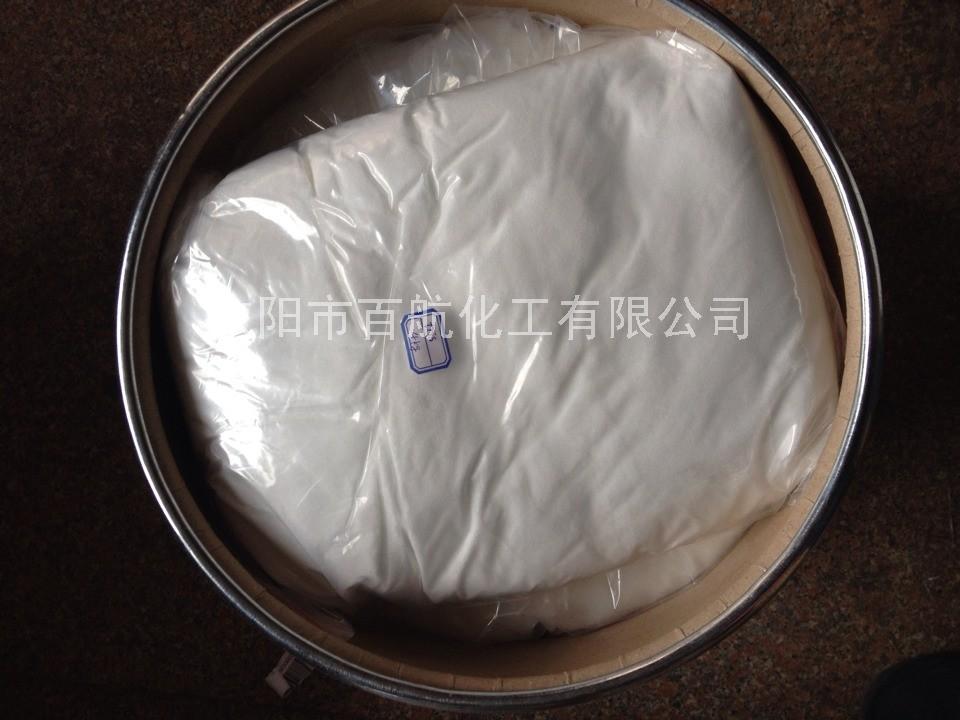
≥99.5%
/
Tech Grade
25kg
/
Fibre Drum
CAS:108-46-3
Molecular Formula:C6H6O2
Alias
More Information
Resorcine; Benzene-1,3-diol; m-Hydroxyphenol; 3-Hydroxyphenol; Resorcin; Resorzin; Resorcino; Rezorsine; 1,3-Diethynylenebenzene; 1,3-Hydroquinone; 1,3-Benzenediol; 1,3-Diethynyl-Benzene; 1,3-Benzenediol,Resorcinolum; 1,3-Benzenediol,Resorcinol; Meta-Diethynylbenzene; M-Diethynylbenzene; 1,3-Dihydroxybenzene; Meta-Dihydroxy Benzene
Brief Introduction
Resorcinol is an important organic synthetic material, mainly used in rubber adhesive, analytical reagent, preservative, medicine, dye, synthetic resin and other raw materials. For example, Shuhong is an important triphenylmethane dye, dyed with bright red, mainly used for dyeing silk. It is used to prepare intermediate fluorescent yellow by CO heating of Resorcinol and phthalic anhydride in the presence of zinc chloride or concentrated sulfuric acid, It is prepared by tetrabromination. Eosin is commonly used to make red ink, and can also be used as a dye for microscopic examination of biomaterials. If the intermediate fluorescent yellow is brominated in the acetic acid solution, only dibromylation can be carried out, and then the red mercury (also called amalgam) can be obtained by CO heating with mercury acetate. It is an important antiseptic. It is easy to dissolve in water, 2% of the water solution is the "red medicine water" used for daily sterilization and disinfection. The alcohol acetone solution of mercury can also be used for skin disinfection. 4-n-hexanediol can be obtained by acylation of resorcinol and caproic acid, which is also a disinfectant. It is also used as local anti itching agent and intestinal digestive agent in medicine.
Suppliers
View More Vendors (7) >
CAS:1314-13-2
Molecular Formula:OZn
Alias
More Information
ZINC Hydroxide; Zinc Dihydroxide; C.I.Pigment White 4 (77947); Zincoxide,Puratronic(R); Zincoxidepowder; Zincoxide(fume)(Alsoseemetal); ZnO; Zinc Oxide nano; zinc Oxide Quantum dots; Pelletized zinc Oxide; Zince Oxide
Brief Introduction
Zinc oxide is a kind of pure white powder, which is composed of amorphous or needle like small particles. As a basic chemical raw material, it has a wide range of applications, such as rubber electronics, medicine, coatings and other industries. Zinc oxide can be used as white pigment in printing and dyeing, papermaking, match and pharmaceutical industry. In rubber industry, it is used as vulcanizing agent, reinforcing agent and colorant of natural rubber, synthetic rubber and latex. It is also used in the manufacture of pigment zinc chrome yellow, zinc acetate, zinc carbonate, zinc chloride, etc. In addition, it is also used in electron laser materials, phosphors, feed additives, catalysts, etc. In medicine, it is used to make ointment, zinc paste, rubber paste, etc.
Suppliers
View More Vendors (7) >

60 mesh passing rate ≥ 90%, lead ≤ 10mg / kg
/
Tech Grade
25kg
/
Carton
CAS:169590-42-5
Molecular Formula:C17H14F3N3O2S
Alias
More Information
Celebrex; 4-[5-(4-Methylphenyl)-3-(Trifluoromethyl)Pyrazol-1-Yl]Benzenesulfonamide; 4-[5-(4-Methylphenyl)-3-(Trifluoromethyl)-1H-Pyrazol-1-Yl]Benzene Sulfonamide; 4-(5-P-Tolyl-3-(Trifluoromethyl)-1H-Pyrazol-1-Yl)Benzenesulfonamide; 1-(4-Sulphamoylphenyl)-3-Trifluoromethyl-5-(P-Tolyl)-Pyrazole; N-[4-[5-(4-Methylphenyl)-3-(Trifluoromethyl)-1H-Pyrazol-1Yl]Phenylsulfonyl]Benzensulfonamide
Brief Introduction
Celecoxib is a new generation of non steroidal anti-inflammatory and analgesic drugs. It can inhibit the production of prostaglandins by selectively inhibiting cyclooxygenase-2 (COX-2), so as to achieve the effect of anti-inflammatory and analgesic.
Suppliers
View More Vendors (7) >
Alias
More Information
Glucitol; Gulitol; D-Sorbitol; D-Glucitol; Hexahydric Alcohol; (2R,3R,4R,5S)-Hexane-1,2,3,4,5,6-Hexol; Sorbitol Solid; Sorbitol Liquid; Sorbitol 70%; Sorbitol Powder; Sorbitol70; Sorbitol70%
Brief Introduction
Sorbitol is a sugar alcohol found in fruits and plants with diuretic, laxative and cathartic property. Unabsorbed sorbitol retains water in the large intestine through osmotic pressure thereby stimulating peristalsis of the intestine and exerting its diuretic, laxative and cathartic effect. In addition, sorbitol has one-third fewer calories and 60 % the sweetening activity of sucrose and is used as a sugar replacement in diabetes.Sorbitol is an odorless colorless solid. Sinks and mixes with water.D-glucitol is the D-enantiomer of glucitol (also known as D-sorbitol). It has a role as a sweetening agent, a laxative, a metabolite, a cathartic, a human metabolite, a food humectant, a Saccharomyces cerevisiae metabolite, an Escherichia coli metabolite and a mouse metabolite. It is an enantiomer of a L-glucitol.
Suppliers
View More Vendors (7) >
Inquiry (
10
/ 10
)
Clear All
You can inquire for up to 10 products at a time
Sign In
Error!

